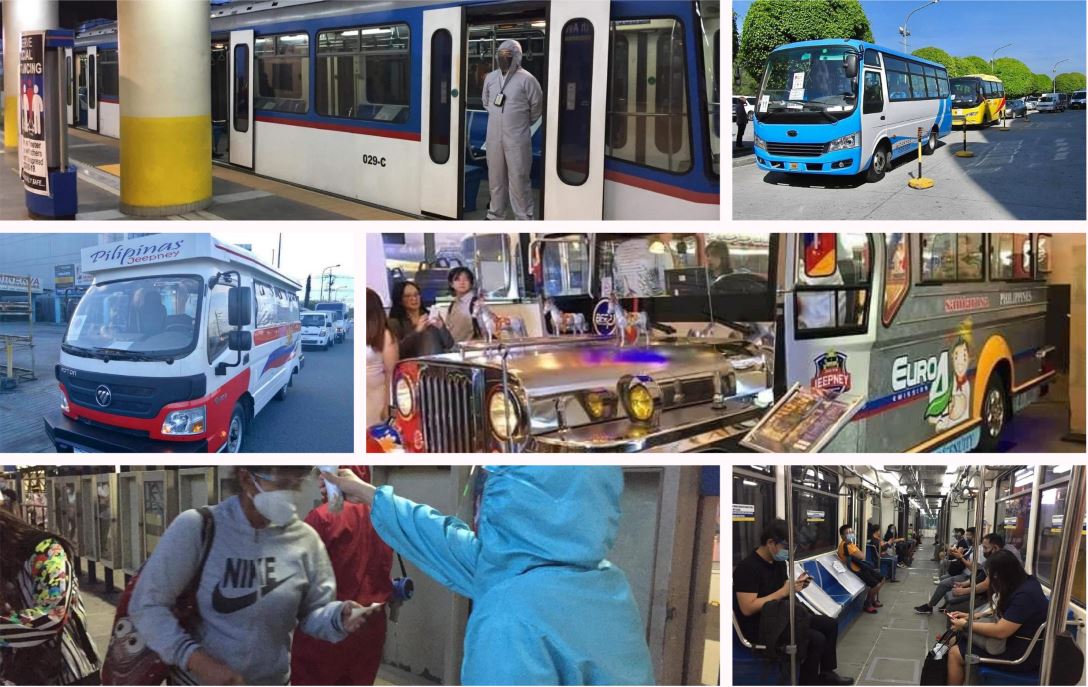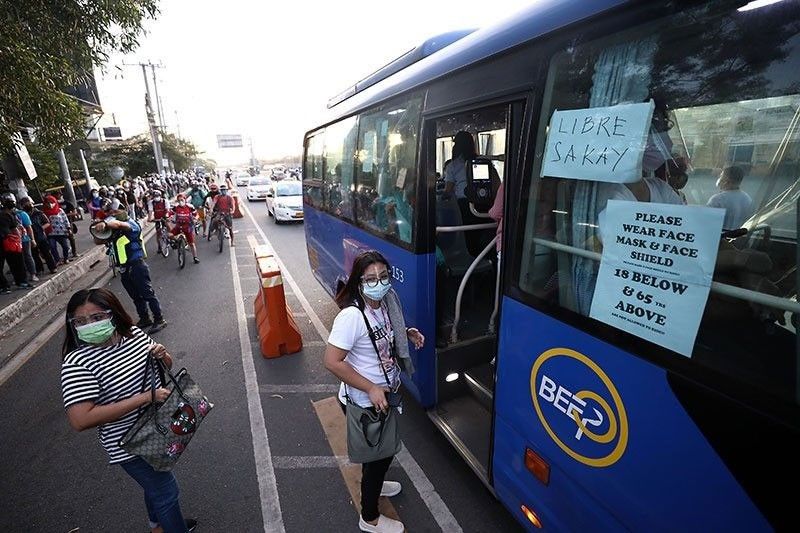Efficient Transit Advertising Philippines to Expand Your Audience
Efficient Transit Advertising Philippines to Expand Your Audience
Blog Article
Recognizing the Role of Transportation Advertising And Marketing in Enhancing Brand Presence and Consumer Interaction
Transportation advertising and marketing has become a pivotal element in the advertising and marketing landscape, providing distinct chances for brands to raise their presence and engage customers efficiently. With the ability to get to a varied and restricted target market during their daily commutes, these advertising techniques are not just regarding exposure; they are regarding creating purposeful links with possible clients. As we check out the diverse advantages and cutting-edge approaches within transit marketing, it ends up being necessary to think about how these aspects collectively influence customer understanding and habits, questioning concerning their long-term influence on brand commitment.
Meaning of Transit Marketing
Transportation advertising refers to the method of advertising products, solutions, or brand names via advertisements positioned around mass transit systems. This type of advertising incorporates a selection of placements, consisting of posters on buses and trains, digital screens at transit stations, and wraps on the outside of vehicles. It intends to get to a diverse audience, profiting from the high foot web traffic associated with public transportation.
Transit marketing is purposefully placed to catch the interest of commuters, who often invest significant time traveling or waiting. By incorporating promotions into the day-to-day regimens of people, brand names can produce a long-term impression and foster brand name acknowledgment. The tool is especially reliable in urban environments, where mass transit is a key setting of travel.
In addition, transit advertising and marketing can assist in localized targeting, enabling businesses to get to details demographics based upon transit paths and station areas. As city populations expand and the use of public transportation boosts, this advertising and marketing method has gained importance as a crucial component of incorporated advertising methods. The vibrant nature of transportation advertising, incorporated with its ability to involve consumers in a restricted atmosphere, emphasizes its value in contemporary advertising methods.
Benefits of Transit Advertising
The effectiveness of transit advertising and marketing hinges on its capability to provide a plethora of benefits to brands seeking to enhance presence and engagement. One of the key advantages is the substantial reach it supplies; transportation ads can efficiently target varied demographics across city locations, getting to both commuters and pedestrians alike. This broad exposure significantly increases brand awareness.
Another advantage is the high regularity of impacts. As transportation automobiles travel along established paths and quit at several areas, they develop repeated direct exposure that strengthens brand name messages. This regularity cultivates experience, which is critical in consumer decision-making.
Transit marketing is additionally economical contrasted to other media systems. Given its expansive reach and capacity for high impacts, brands commonly experience a reduced expense per thousand impressions (CPM), optimizing their advertising and marketing spending plan.
Additionally, transportation ads can develop a feeling of area connection. By aligning with neighborhood transportation systems, brands can resonate with local audiences and promote a sense of neighborhood satisfaction. This localized method boosts brand name loyalty and interaction, making transit advertising a compelling option for organizations aiming to strengthen their visibility out there.

Effective Approaches for Transportation Projects
To optimize the effect of transportation projects, brand names need to leverage calculated planning and implementation tailored to their target market. First, determining the demographic qualities of the audience using public transportation is essential. This enables brands to create customized messaging that resonates with possible consumers.
Following, selecting the appropriate transportation mediums is vital. Whether making use of bus covers, metro posters, or electronic displays, each tool has unique advantages that can enhance presence. For instance, vibrant visuals on bus covers can stand out, while digital advertisements can be upgraded regularly to show prompt promos.
In addition, incorporating a natural branding technique across transportation my response systems guarantees consistency and enhances the brand name's identity. Making use of unforgettable taglines and attractive designs will strengthen brand name recall amongst commuters.
By employing these strategies, brands can successfully harness the potential of transportation advertising and marketing, fostering greater recognition and connection with their target audience. Inevitably, a well-executed transit project can drive considerable development in brand name exposure and consumer interaction.

Gauging Impact and Involvement
In reviewing the efficiency of transportation marketing campaign, exact dimension of effect and interaction is essential for brands seeking to optimize their marketing techniques. Metrics such as reach, regularity, and impacts provide foundational data to evaluate exposure. Examining these elements helps figure out the number of prospective consumers are revealed to the advertisements during their day-to-day commutes.
Involvement can be more assessed through customer interactions, such as web site web traffic, social media sites states, and straight reactions to calls-to-action included in the ads. Using tools like QR codes or distinct URLs can promote tracking of customer habits straight linked to transportation campaigns. Studies and comments systems likewise serve as important techniques to collect qualitative data on consumer understandings and recall of the promotion.
In addition, Find Out More advanced analytics and acknowledgment models can associate transportation exposure with subsequent investing in habits, using understandings right into the return on financial investment. By utilizing an extensive approach that incorporates qualitative and quantitative measures, brands can establish a nuanced understanding of their transportation advertising impact. Eventually, this data-driven technique makes it possible for brand names to improve their projects, guaranteeing they resonate properly with target audiences and improve overall brand presence.
Study of Successful Projects
Effective transit ad campaign work as compelling examples of exactly how reliable methods can boost brand name presence and interaction. Transit Advertising Philippines. One significant case is the "I Love New york city" project, which changed the city's picture and brought in numerous visitors. By utilizing metro advertisements, billboards, and bus covers, the campaign created a strong, natural brand identification, leading to a significant uptick in tourism and neighborhood company patronage
An additional excellent campaign is Coca-Cola's "Share a Coke" initiative, which leveraged transportation marketing to personalize the brand experience. By including popular names on promotional materials across various transportation platforms, Coca-Cola promoted a deeper emotional connection with customers, urging them to share their experiences on social networks.
Furthermore, the "Got Milk?" project properly utilized public transport advertisements to get to a wide target market, strengthening the message of the value of milk in a balanced diet. The campaign saw a quantifiable boost in milk usage in target demographics.
These study highlight that when performed thoughtfully, transportation advertising can considerably boost brand exposure, foster consumer interaction, and drive quantifiable results, demonstrating its essential role in contemporary advertising and marketing techniques. - Transit Advertising Philippines
Conclusion
Finally, transit advertising works as a vital device for boosting brand name presence and promoting consumer interaction. By using purposefully put advertisements within public transport systems, brands can effectively reach varied audiences and enhance acknowledgment through regular direct exposure. The application of targeted messaging and ingenious strategies further intensifies the influence of transit campaigns. Inevitably, the capability to gauge interaction and examine effective study highlights the performance of transit advertising in driving brand name commitment and consumer communications.
Transit advertising and marketing has actually Full Article arised as a pivotal aspect in the advertising and marketing landscape, providing distinct opportunities for brands to raise their presence and involve customers properly.Furthermore, transportation advertising can promote local targeting, permitting organizations to reach particular demographics based on transportation routes and station places.In examining the effectiveness of transit advertising projects, exact measurement of influence and interaction is necessary for brand names seeking to maximize their advertising strategies.Successful transit advertising and marketing projects serve as engaging examples of exactly how reliable approaches can raise brand name visibility and engagement.In verdict, transit advertising and marketing serves as an important device for enhancing brand visibility and fostering customer engagement.
Report this page